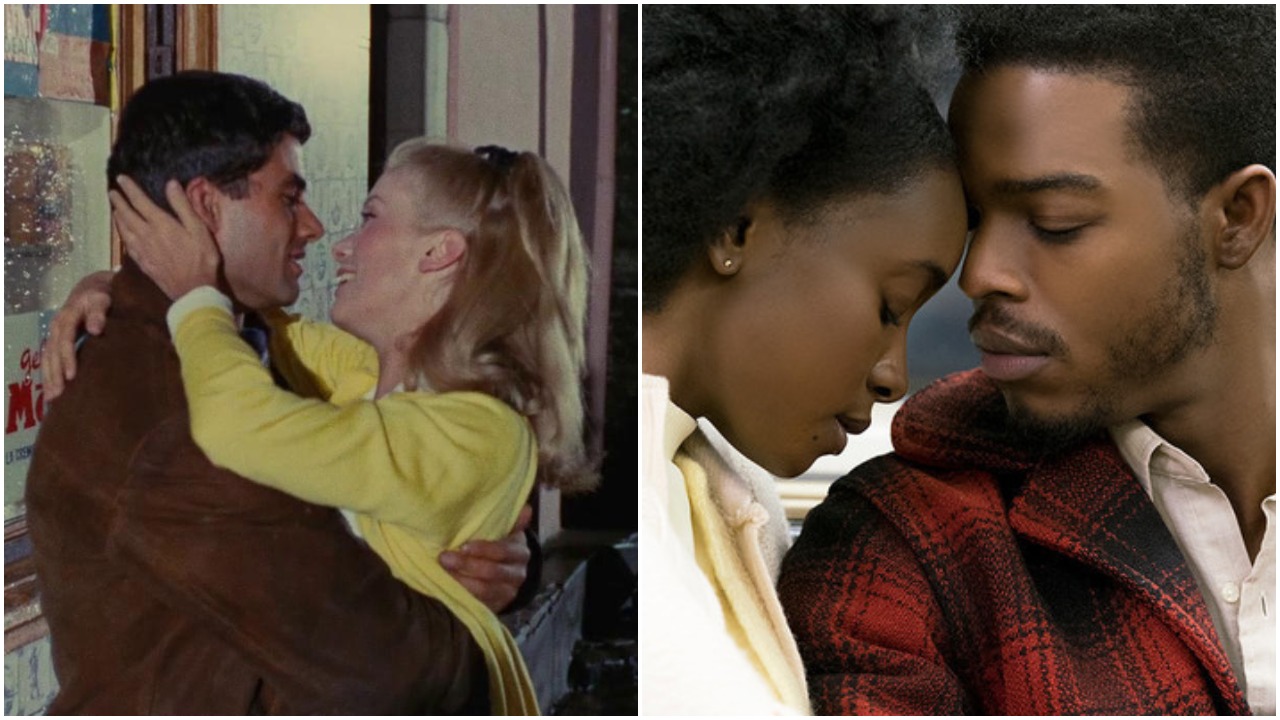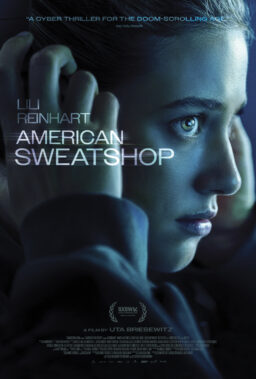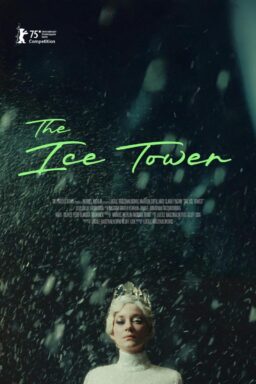When Damien Chazelle’s “La La Land” opened in 2016, much was made of it as an homage to Jacques Demy and, more specifically, “The Umbrellas of Cherbourg” (1964). The comparison was not unfounded: the film’s production design, specifically the vibrant, stylized color scheme, was an unmistakable reference, and the plot itself—young lovers torn apart by circumstance, who reunite by chance when they’ve moved on with their separate lives—was obvious homage. However, those similarities are aesthetic; the purpose and effect of Chazelle’s film, which seems to exist outside of a specific time and socio-political context, are radically different from that of Demy’s landmark musical.
What, then, is the American answer to “The Umbrellas of Cherbourg”? While the connections may not be as immediately obvious, Barry Jenkins’ latest feature, “If Beale Street Could Talk,” is something of a spiritual successor to Demy’s film. There are connections on a purely aesthetic level: the heightened, expressive color palettes, the narratives of young loves torn apart by circumstances beyond their control, even the central images of vibrantly colored umbrellas. And one could argue that “Beale Street”’s exquisitely-constructed sound design, aria-like voice-overs, and near-constant scoring lend the film an almost operatic feeling.
A more important affinity between “Beale Street” and “Umbrellas” compared to more overt works of homage is, however, stakes. Many works that borrow from or directly reference “Umbrellas” cling to the film’s more superficial aspects—the vibrant colors, the swooning romance. “Beale Street” has those things; its color palette is rich, its camerawork graceful, its music rich and transporting. But “Beale Street” and “Umbrellas” manage a level of profundity, an intensity of emotion, and a sense of urgency that others lack by being grounded in a very specific time and place, with very real social structures, and economic hierarchies affecting their narratives. While “La La Land” may be visually beautiful and capable of capturing romantic flights of fancy, there is little sense of a real world that exists outside of the lead couple’s relationship and the stakes are simply whether a young, attractive couple—who ultimately have their greatest desires fulfilled—will remain together or move on to other satisfying pursuits in their lives. That, in itself, has the capacity to be a relatable narrative. But “Umbrellas” and “Beale Street” exist in distinct moments in time, in which the characters must maneuver a world fraught with systems that treat the lives and loves of individuals as collateral damage, which pushes them past romantic escapism into the realm of high tragedy.

From the beginning of “The Umbrellas of Cherbourg,” money and class hover over the proceedings. In the opening scene, we see that leading man Guy (Nino Castelnuovo) works as a mechanic; soon, we see leading lady Genevieve (Catherine Deneuve) and her mother running their small umbrella shop. Their financial concerns are a frequent topic of conversation (or, more accurately, song), and Genevieve assures her unconvinced mother that, though they won’t be rich, she and Guy can live simply and wait to have children. This difficult, but quotidian, situation is soon dwarfed, however, when Guy is drafted to fight in the Algerian war. As Guy and Genevieve are ripped apart by a colonial project designed by people who neither know them nor care about the lives that are sacrificed in the process, Genevieve marries a wealthier man who can shield her from the social consequences of an unplanned pregnancy, and Guy’s post-war trauma drives him into the arms of another woman. Their tragedy isn’t simply the loss of youthful love, but the major and minor ways that our lives and our dreams and our relationships are subject to unpredictable fate, the demands of money and cultural mores, and the whims of faceless political structures.
To paraphrase one of our great modern poets, “Umbrellas of Cherbourg” and “Beale Street” are both about couples trying to find love in a hopeless place. “Beale Street” grounds its characters in a specific mid-century American, New York milieu, where money matters, class distinctions exist, and the characters are subject to the further dimension of being black in America. Domestic and daily dramas consistently plague the main couple, Fonny (Stephan James) and Tish (KiKi Layne), whether cultural disapproval from Fonny’s family, or the difficulty of renting an apartment from white landlords, or the myriad daily aggressions that are par for the course for marginalized communities in white supremacist America. And just as war explodes the quotidian dramas of Cherbourg, the catastrophe of “Beale Street”—a false rape accusation and the rampant, careless incarceration of black men—lends Fonny and Tish’s relationship a life-or-death urgency.

And those fundamentals, life and death, are what transform both “Umbrellas of Cherbourg” and “If Beale Street Could Talk” from artfully constructed eye candy into something bigger, somehow both more deeply grounded and more expansively cosmic. Describing these films as operatic isn’t merely a description of form, but an attempt to capture the sheer grandeur of these seemingly-intimate dramas. Perhaps more salient to this point than the potentially fatal situations of the leading men is the fact that each film centers on a pregnancy. Even as death is threatened (or actually occurs, in the case of Guy’s Aunt Elise), as merciless systems and turns of fate dash dreams and reorder familial and romantic structures, Genevieve and Tish carry within them a small locus of joy and hope and the promise of the future. When Guy and Genevieve briefly reunite at the end of “Umbrellas,” both thoroughly ensconced in their new lives with new partners, they learn that their respective children are named Francois and Francoise—the name they intended for their child. Even though their relationship has been wrenched apart, both retain a flesh and blood remembrance of the love they shared. And though Fonny remains unjustly locked away, his child with Tish enters the world; in one shot—one of the most ecstatic I’ve ever seen—the camera follows the infant from underneath the water in a bathtub as he breathlessly breaks through to the surface and sees the beaming face of his mother. In that moment, amidst all the pain, there is a small respite of rapturous joy. More than simple movie romances, both “The Umbrellas of Cherbourg” and “If Beale Street Could Talk” capture the depth and expansiveness of the cycle of life with the delicate interplay of music, color, and light.











